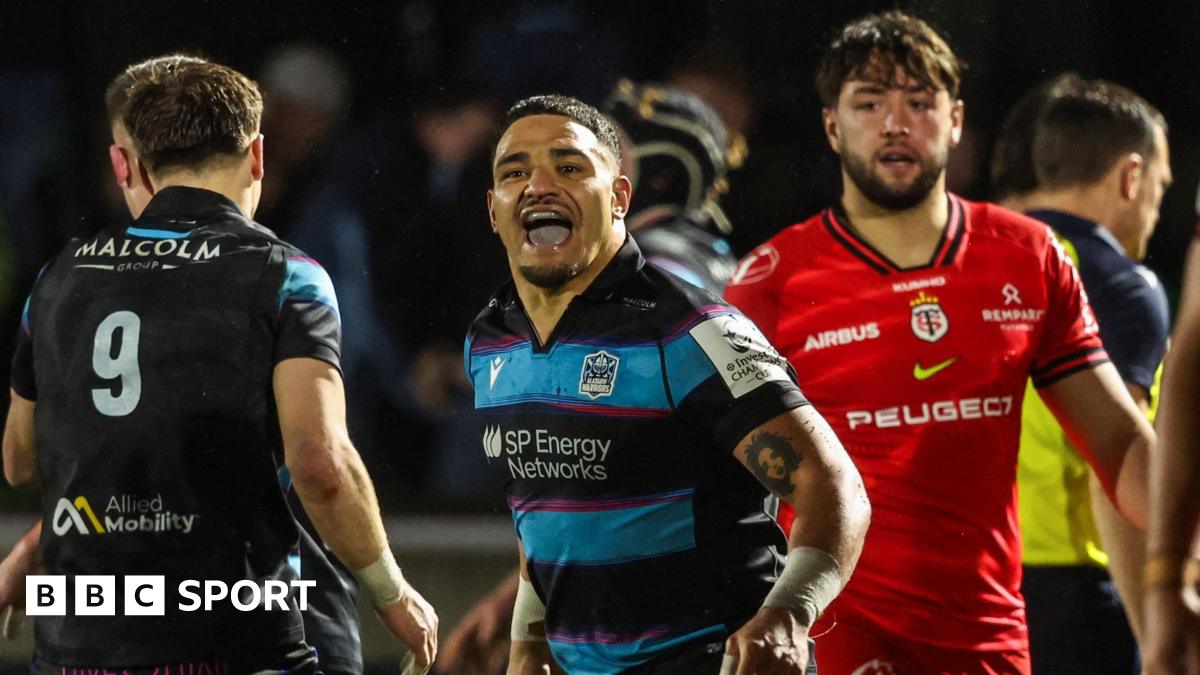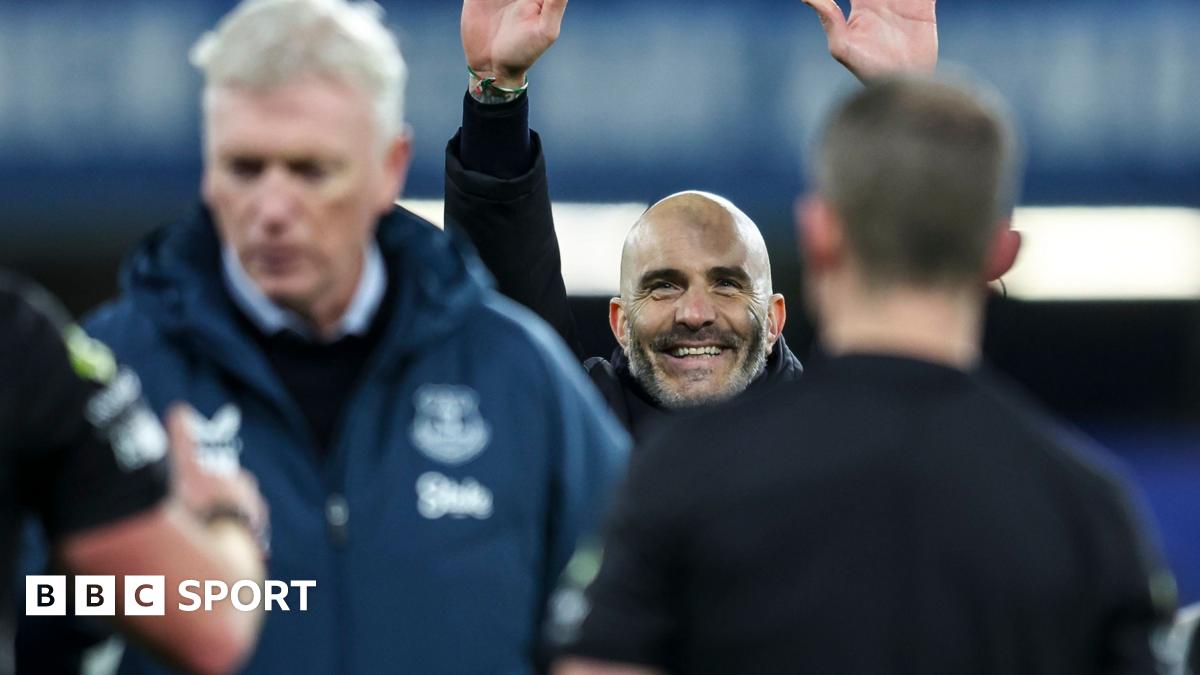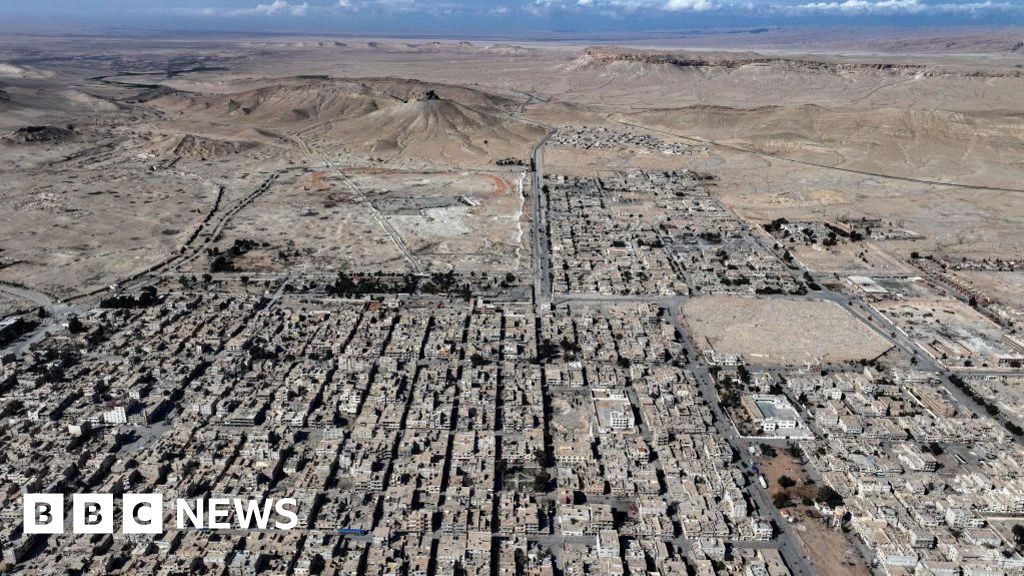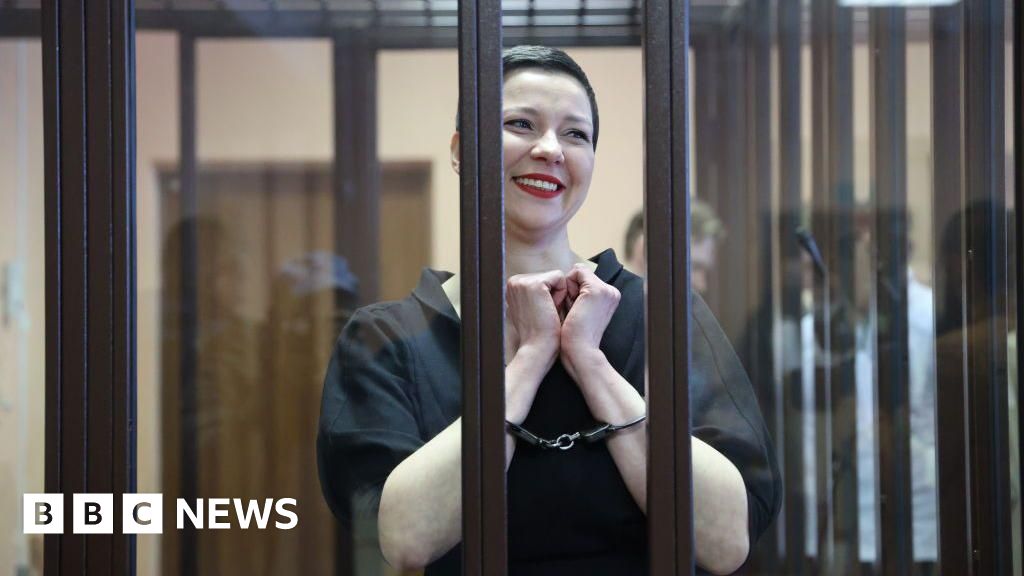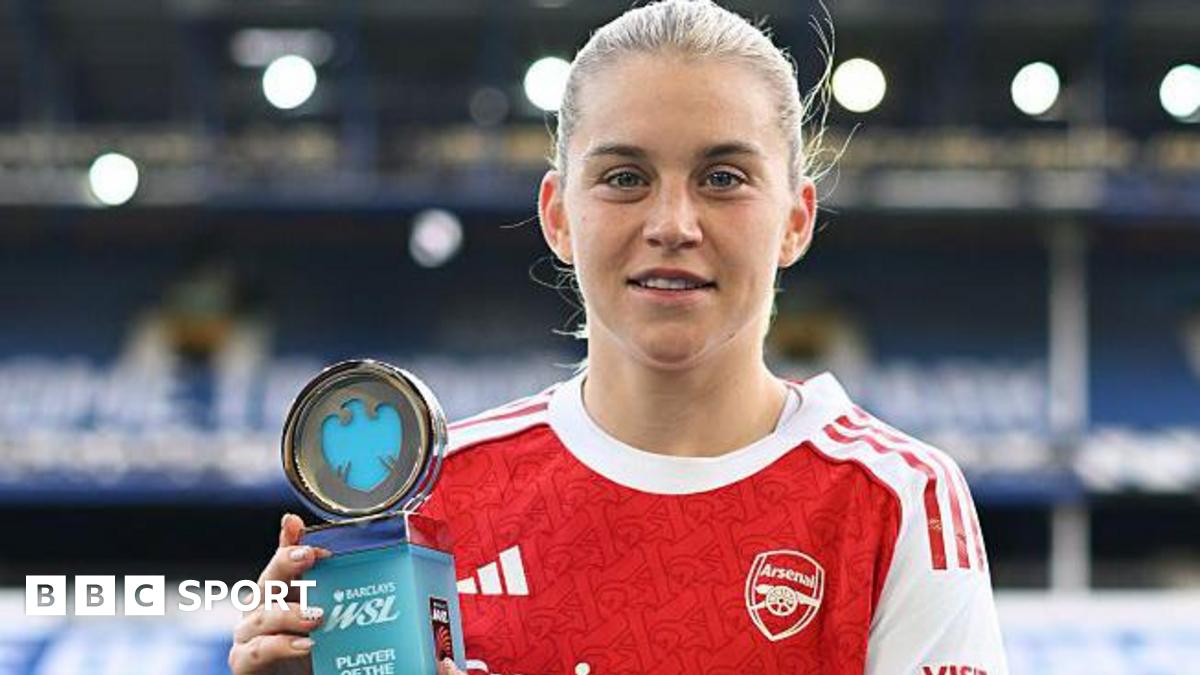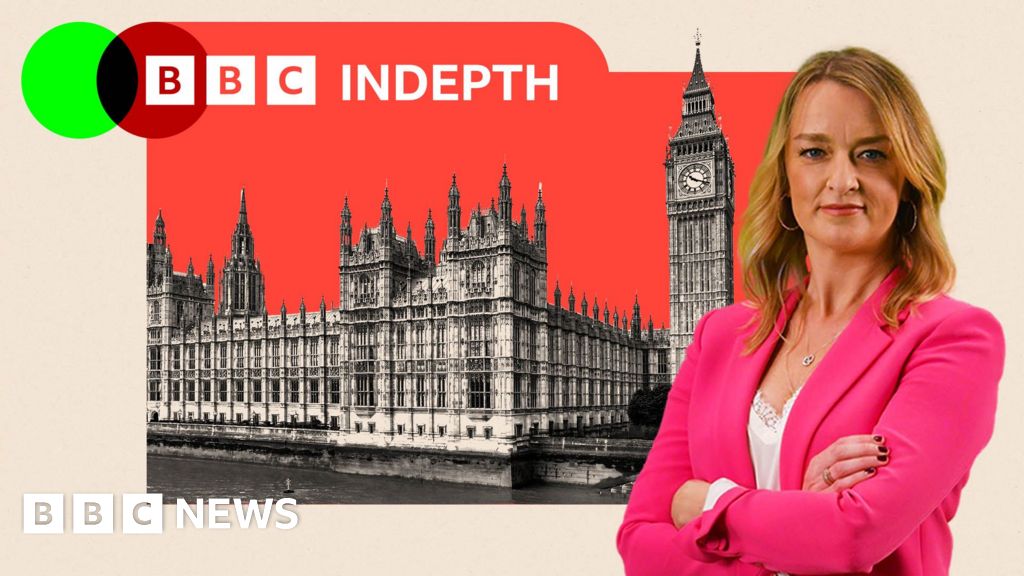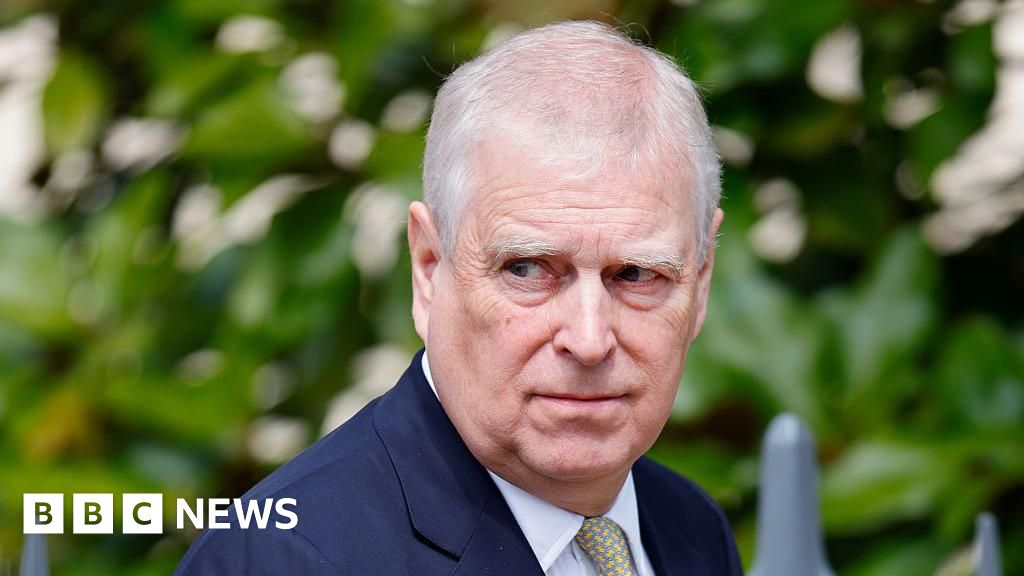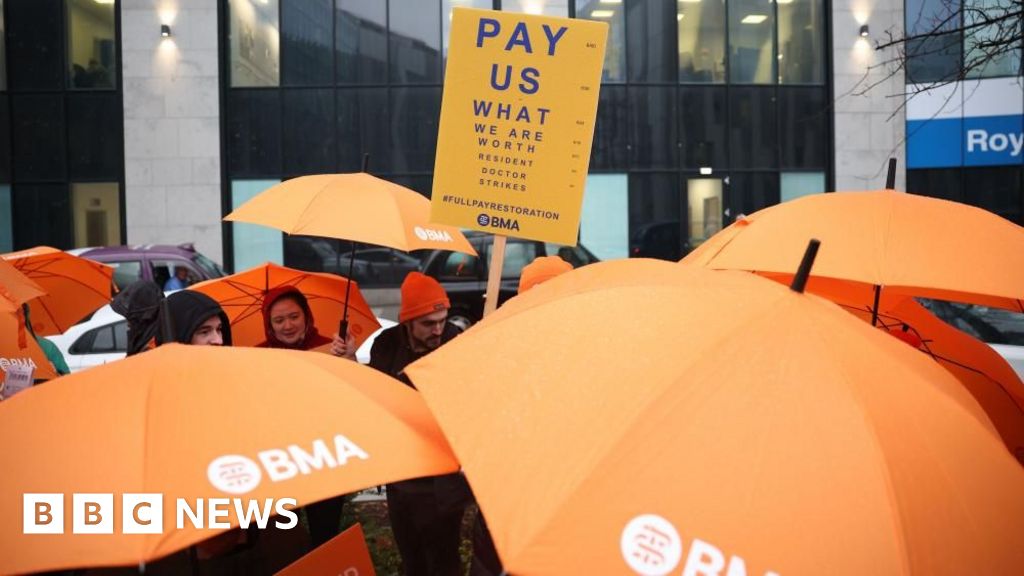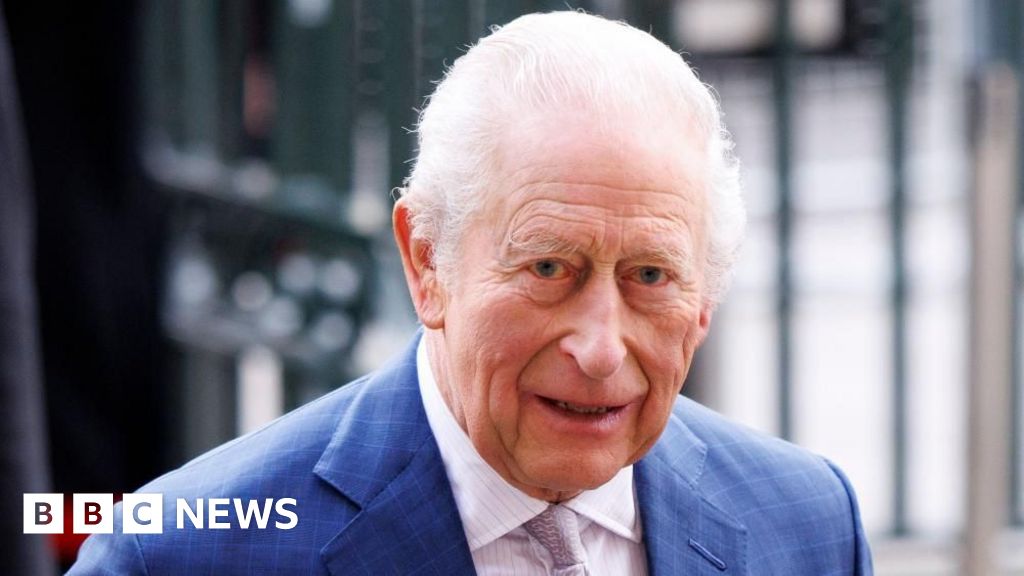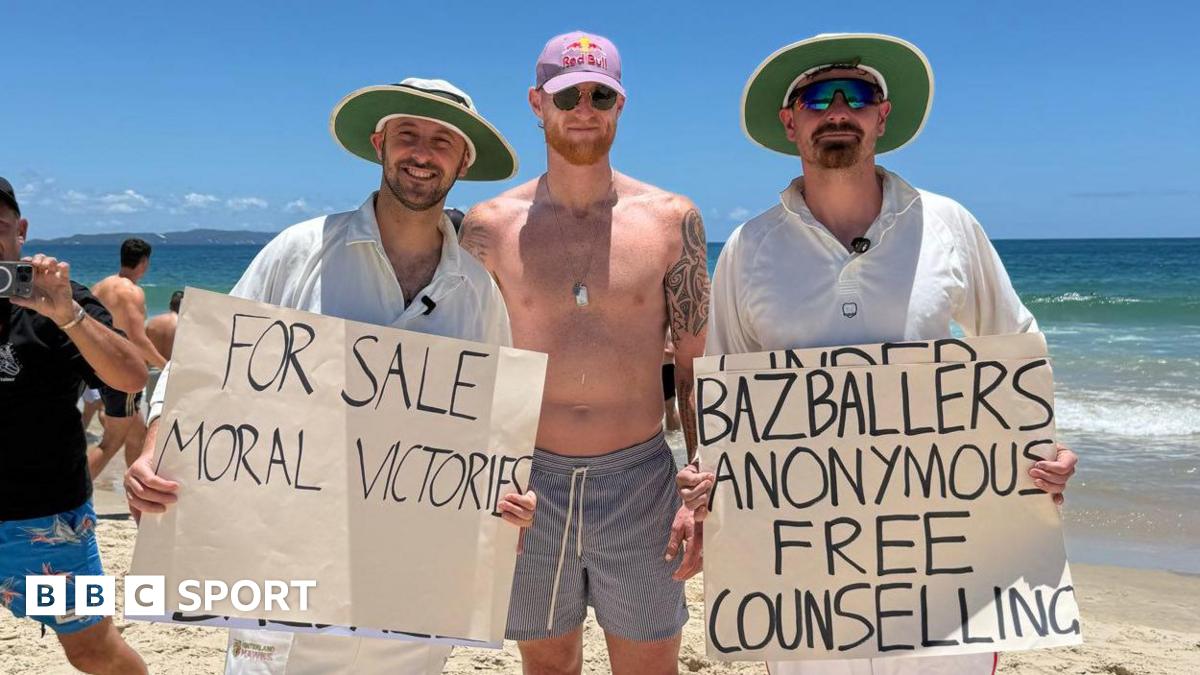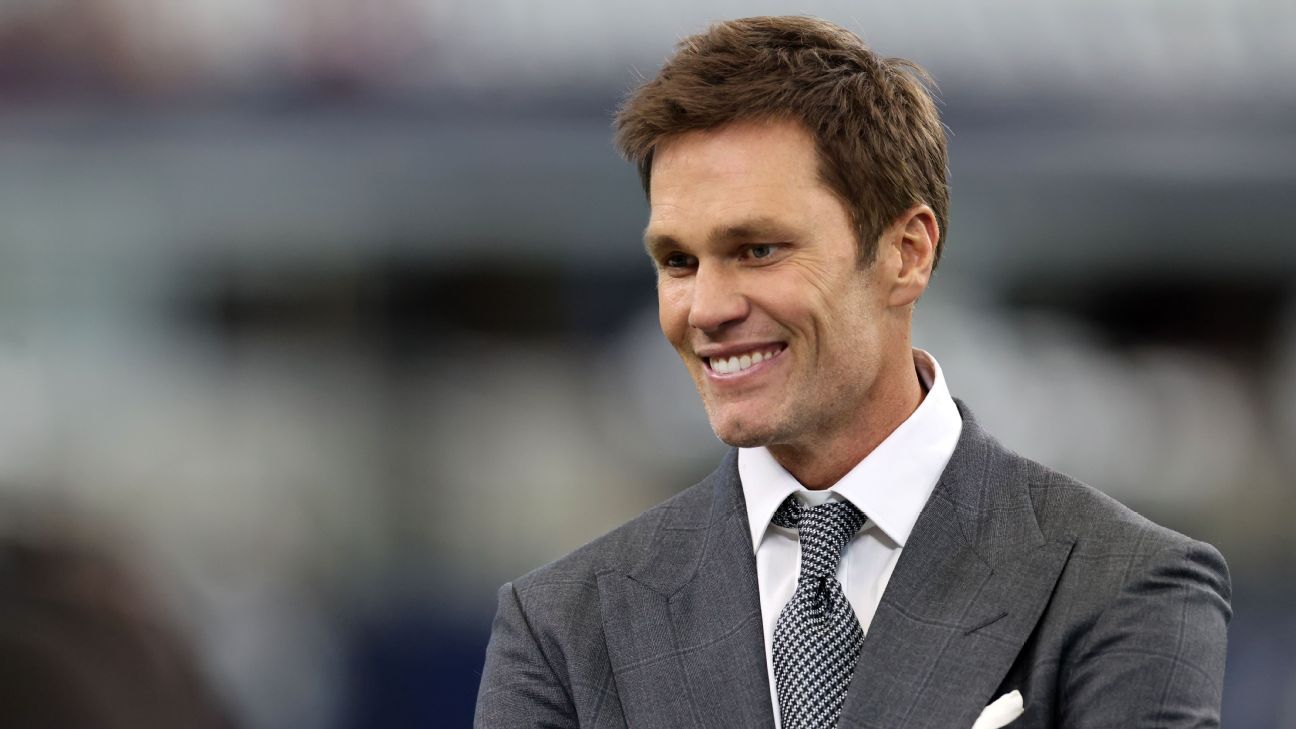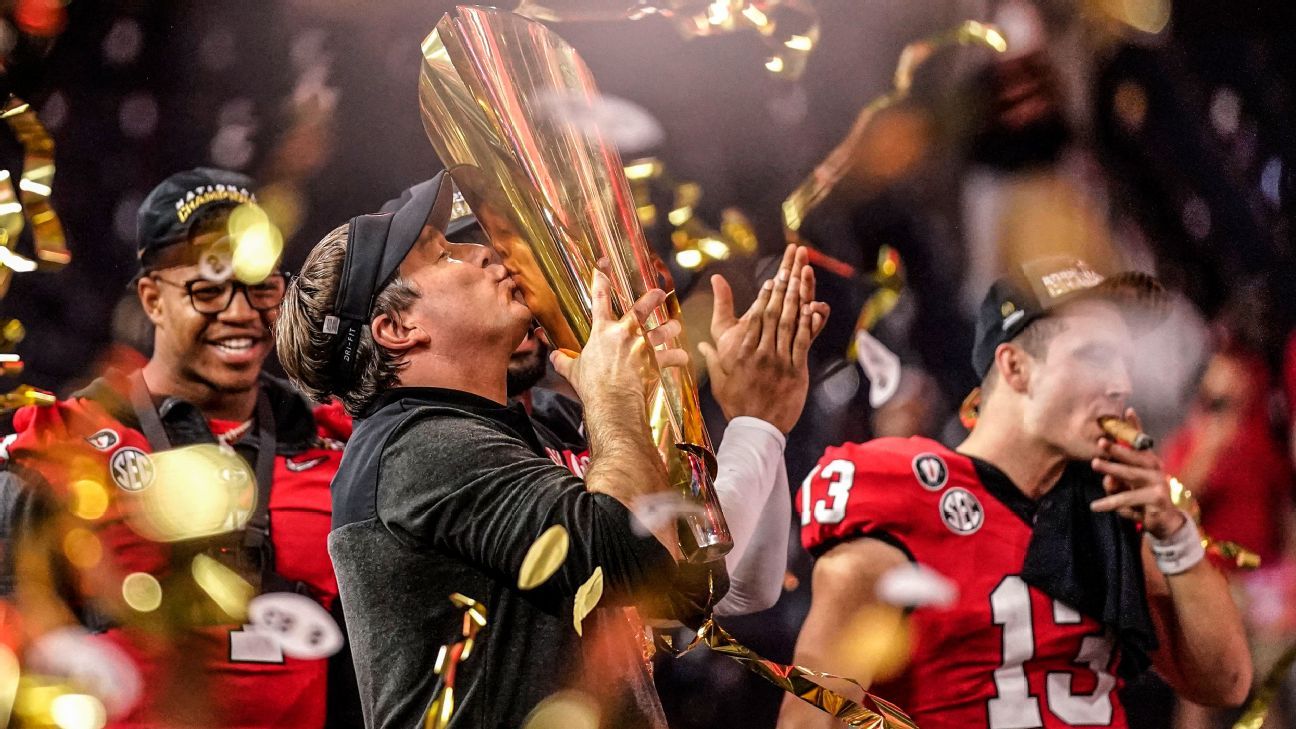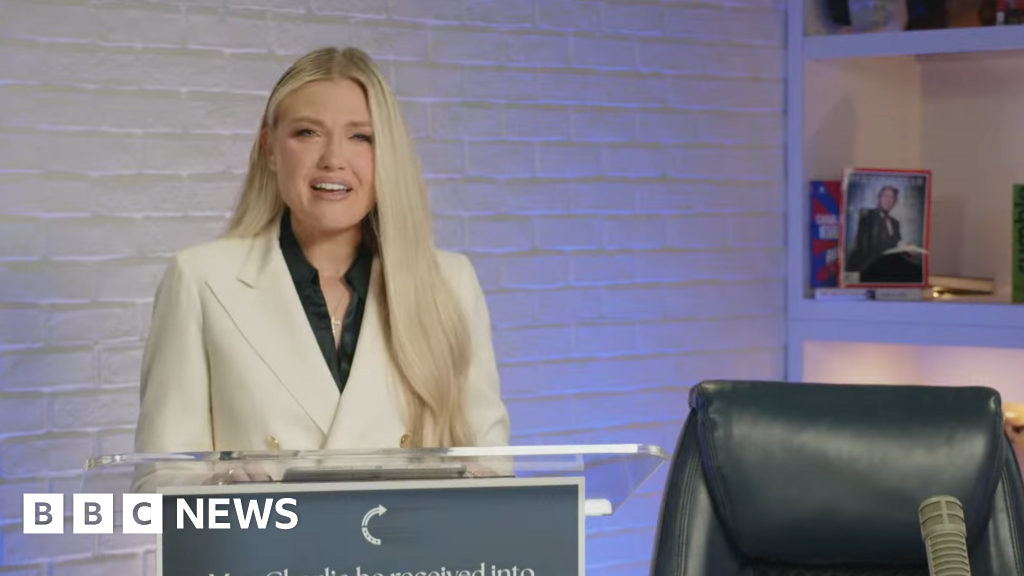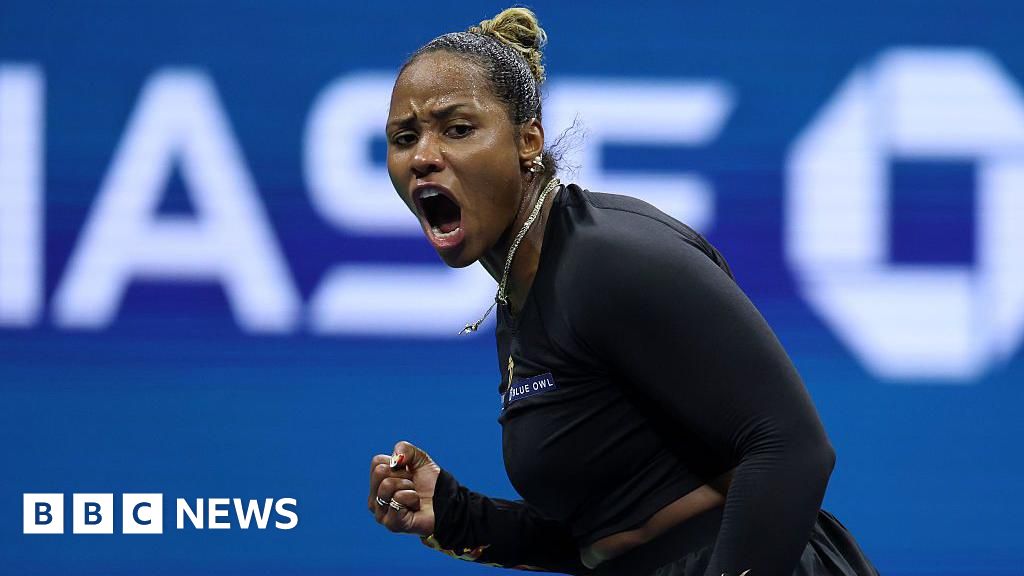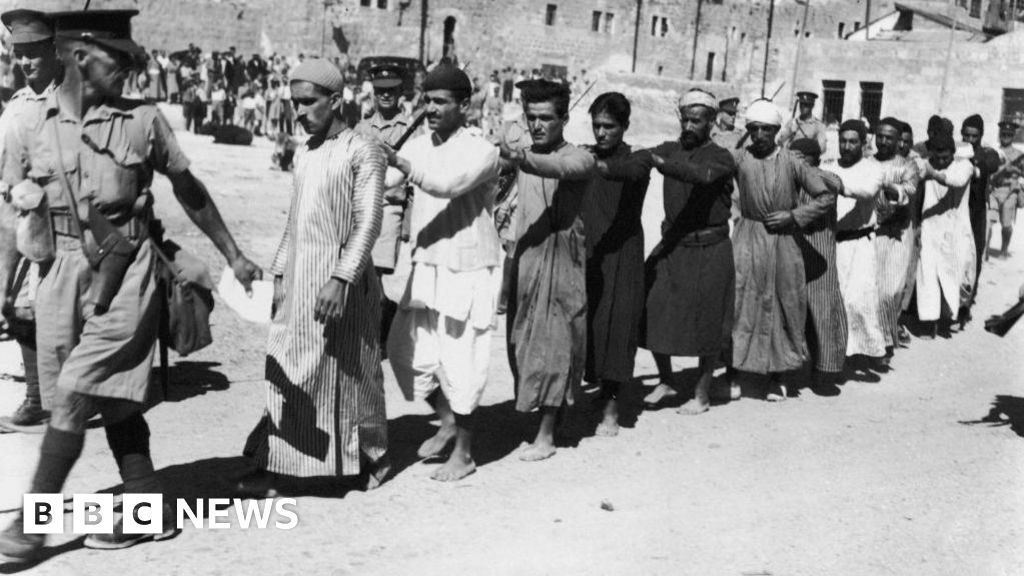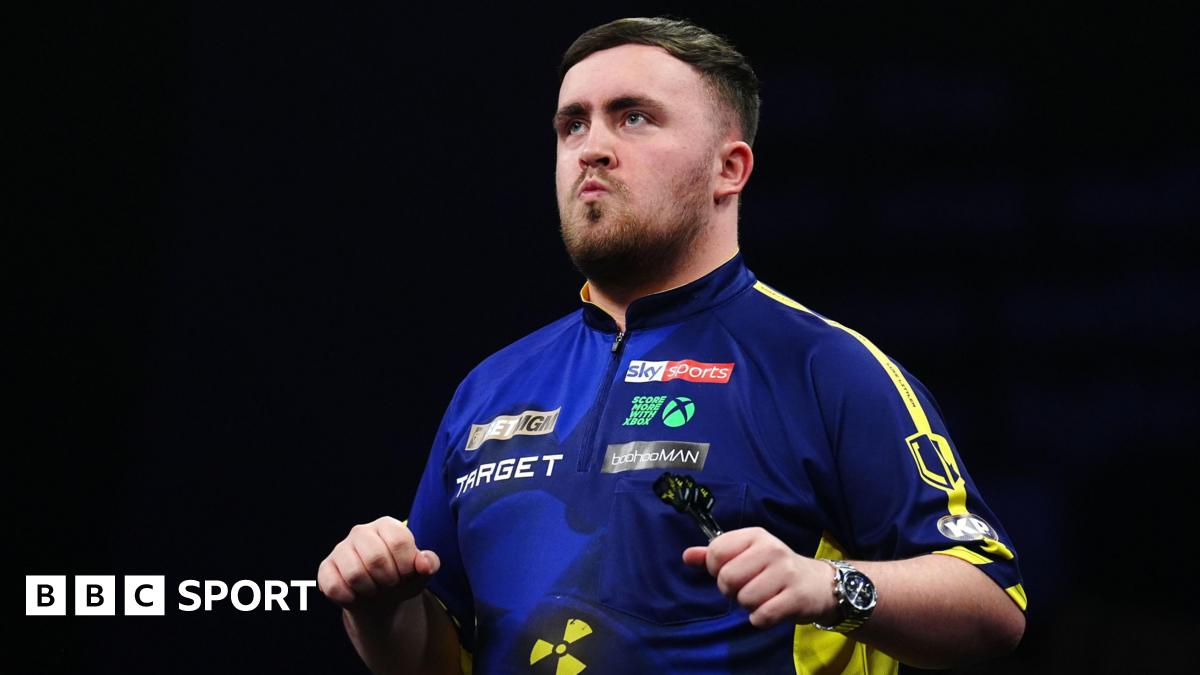 Image source, Getty Images
Image source, Getty Images
Brentford's Michael Kayode has taken 54 long throws in 11 games this season
By
Football issues correspondent
Once upon a time the long throw was almost exclusively the preserve of Tony Pulis and his Stoke City team, but now it is being used by pretty much every Premier League team - and it is working.
Last season 20 goals were scored through throw-in routines. We are only 11 rounds into the 2025-26 season and already we have had 12 goals come about this way.
It is also shown in the increase in the average length of a throw. Two seasons ago it was 16.5m, last season it was 16.7, and there has been a leap in this campaign to 18.6.
A long throw is defined by data analysts Opta as exceeding 20m, so the average length of a throw is creeping up to that.
But who are the greatest exponents of the long throw? Are some grounds more suitable than others? And does Sunderland's cunning tactic of moving the advertising boards make a difference?
Kayode's long-throw prowess at Brentford
It probably helps that Brentford manager Keith Andrews used to be the set-piece coach, but if you have a weapon you might as well use it. And that is definitely the thought process of Brentford with Michael Kayode.
Kayode joined the Bees in January with a growing reputation for his throws, having put in 23 at Fiorentina across the 2023-24 season and 24 in the first half of 2024-25.
After moving to the Gtech Stadium, Kayode delivered 21 in the second half of the campaign from only six starts and six substitute appearances.
It has gone up markedly this season, with Kayode having hurled 54 long throws into the penalty area in 11 starts, ahead of Sunderland's Nordi Mukiele (46) and Crystal Palace's Chris Richards (29).
Kayode is consistent, with the longest average throw distance (33.2m). Next is Tottenham midfielder Lucas Bergvall with 30.6m from 16 throws.
Burnley (Kyle Walker), Bournemouth (Antoine Semenyo), Leeds United (Ethan Ampadu) and Everton (Jake O'Brien and Vitalii Mykolenko) also use long throws a lot.
At the other end of the scale, Chelsea and Manchester City do not have a player who has taken more than one long throw into the box, and Brighton and Liverpool have no player with more than two.
Kayode's longest throw - 38.5m - came at Fulham but, while he is their first choice, there is a team-mate who gets more distance. Mathias Jensen achieved 45.4m at Nottingham Forest and 42.7m at Palace. Kevin Schade takes them too.
Across the 20 Premier League grounds this season, Brentford have so far achieved the longest throw at five of them - and they have only played at six.
Brentford scored five goals from throw-ins in 2024-25, and this season they have netted three: Fabio Carvalho v Chelsea, Dango Ouattara v Liverpool and Schade v Newcastle United.
Palace have also scored three times, Burnley twice, and Everton, Newcastle, Manchester United and Sunderland once each.
Which grounds are most productive for long throws?
Brentford might dominate the stats, but they do not hold the record for the longest throw. That belongs to Rodrigo Gomes of Wolves, who managed a distance of 46.1m against Everton.
Despite this, Wolves have not really used this weapon, with Gomes taking only seven from the four games he has played and Molineux having the shortest average distance for long throws into the final third.
Does the stadium make a difference? The stats will be influenced by Brentford having played at five of the grounds in the top six. The one they have not been to yet is the Tottenham Hotspur Stadium, where Spurs are coached by Brentford's former manager, Thomas Frank.
Pitch size does not seem to be a factor at grounds where it is not possible to conform to the standard size of a Premier League playing surface (105x68m). They are Anfield and Craven Cottage (100x65m), Selhurst Park (101.5x68m) and Stamford Bridge (103x67.5m).
It suggests that technique is more important than the ground.
Did moving the advertising boards make a difference?
How could you affect a team's long throw? Give them less space for a run-up perhaps? That is exactly what Sunderland did when Arsenal visited the Stadium of Light.
Many teams also used it as a tactic against Pulis' Stoke.
Sunderland have form for this, having brought the boards closer to the pitch for the second leg of their Championship play-off semi-final against Coventry in May, which they drew on the night to win on aggregate.
But, while Arsenal have a richly deserved set-piece reputation, they have not scored from a throw-in routine this season.
At the Stadium of Light, the average length of throws into the final third increased game by game - from 8.3m when West Ham visited on the opening weekend to 24.9m and 27.4m respectively by the time Wolves and Everton made the trip before the international break.
Mykolenko's 33.2m throw was the longest of the season at the ground, so maybe it was his delivery which made Sunderland react before Arsenal's visit.
While a team cannot change their pitch dimensions during a season, there is nothing within Premier League regulations which forbids advertising boards being moved around depending upon who you are playing. The only stipulation is in the laws of the game, which state that upright advertising must be at least one metre from the touchlines.
"Changing the placement of the advertising boards is in the grey zone, like not watering the pitch if you're playing a really good technical team," specialist throw-in coach Thomas Gronnemark told BBC Sport.
Gronnemark, now at Danish club FC Midtjylland, has worked with many clubs, including Brentford and Liverpool. He helped Jensen hone his long-throw craft and coached Sunderland's Mukiele at RB Leipzig in 2018.
"We've seen the same in Denmark some years ago, where FC Copenhagen put their advertising boards also only a couple of metres from the sidelines because they played FC Midtjylland," Gronnemark said.
"People can have different approaches. As long as the laws don't say exactly what to do, but only recommend what to do, then you can't do anything about it."
Does it make a difference or is it just mind games? And would Sunderland be affecting the ability of Mukiele, their own specialist?
"When you're taking the advertising boards and putting them really close to the sidelines, you have a short run-in," Gronnemark said. "If you have a short run-in, you can't generate so much power.
"If you are a bad long throw-in team yourself and you're meeting long throw-in experts, then it can be an advantage for you. You can weaken that weapon.
"Even though there are players who can throw further than others with a short run-in, that's just the way it is because of technique and physics. They will still take metres off their own throw-in.
"But if you're the best long throw-in team, then for sure make the best circumstances. For example, we [Midtjylland] went the other way, to make the stadium as good as possible. We polished down some concrete to optimise the run-in."
It did not make too much difference at the Stadium of Light because the average length of a throw into the final third reached another season high in the Arsenal game, up to 28.6m.
Perhaps the key point is that only five long throws were attempted, compared to 10 and eight by Wolves and Everton respectively. Moving the advertising boards and reducing the run-in space might persuade a team to go short more often.
Perhaps for Sunderland it was more about getting into the heads of their opponents, to signal they were trying to find ways to nullify a particular threat.

 3 weeks ago
34
3 weeks ago
34
